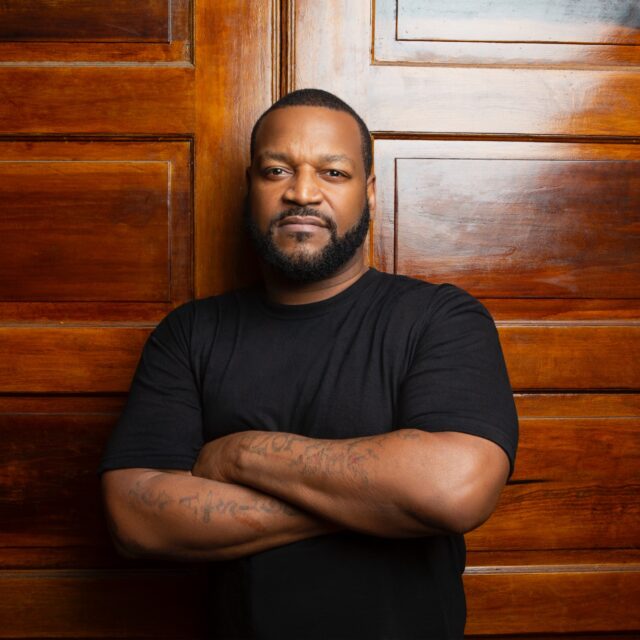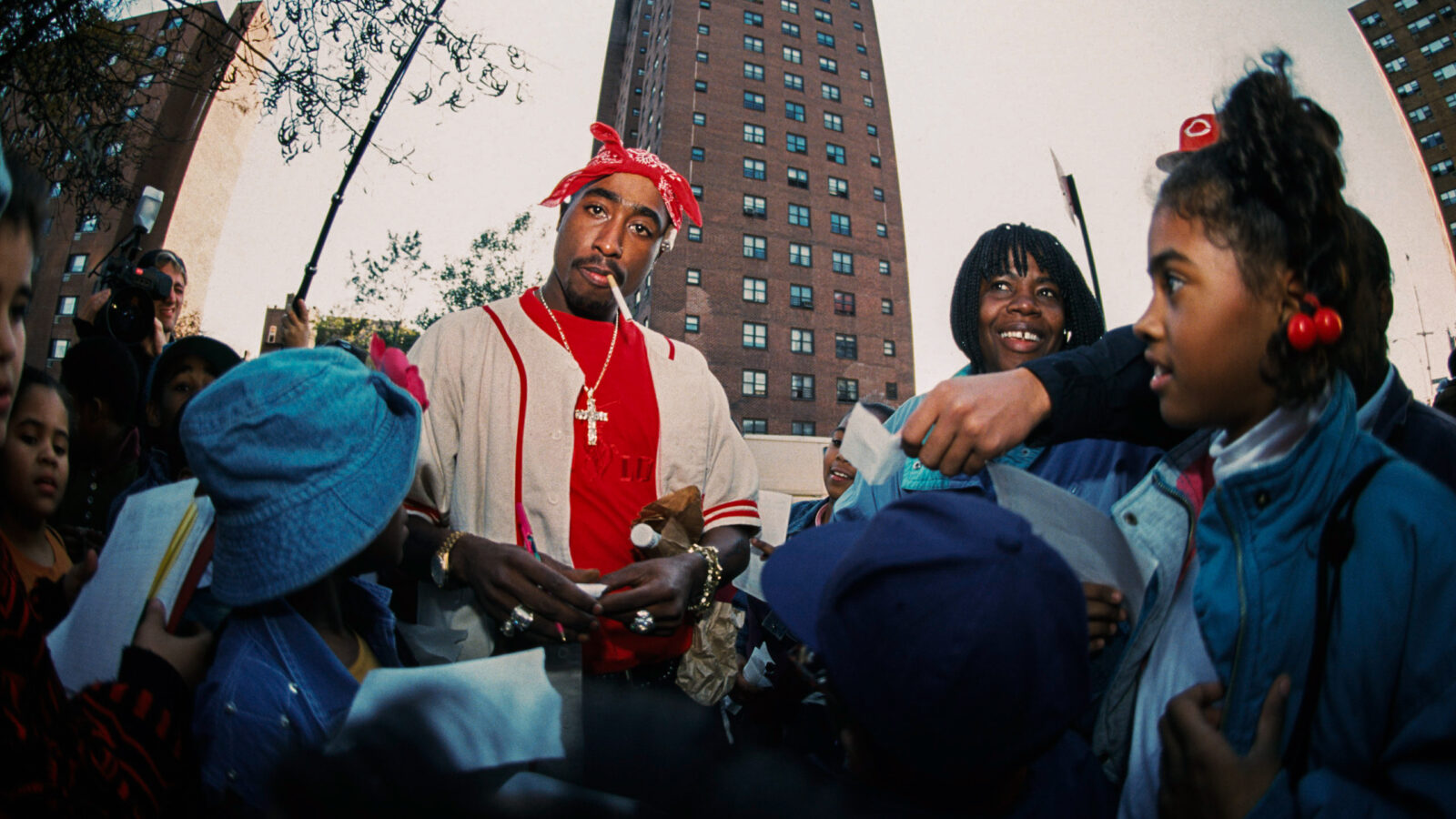
The “Rare & Unseen Moments of 90’s Hip Hop” by T. Dot Eric Monroe
We interviewed New York photographer T. Eric Monroe about the release of his new photo-collection “Rare and Unseen Moments of 90s Hip-Hop”. The book collects shots taken from T. Eric’s personal archive capturing some of the most iconic moments and rappers of 90s Hip-Hop from Tupac and Biggie, to Nas and Ol Dirty Bastard. He collected his works during his incredible career working for magazines such as XXL, Rap Pages, The Source and Vibe.
Cover: Tupac Shakur in Harlem (© T. Eric Monroe)
Peace, Eric. You finally released this amazing collection of your photographs about the world of hip-hop in the 90s. What is the story behind this photography project? Why did you decide to collect and officially publish these photos only now?
The book is an overview of sorts, highlighting the era I captured and the unique moments I was a part of. These collective moments started with the first three books I published, Rare & Unseen Moments of 90’s Hip Hop Volume One, Two & Three. From these three books, I combined the materials, gave it a new layout and design, as well as adding more content to create the Collector’s Edition. At the same time, I also created a fine art print collection for art buyers, and for the image to be displayed in galleries and museums.
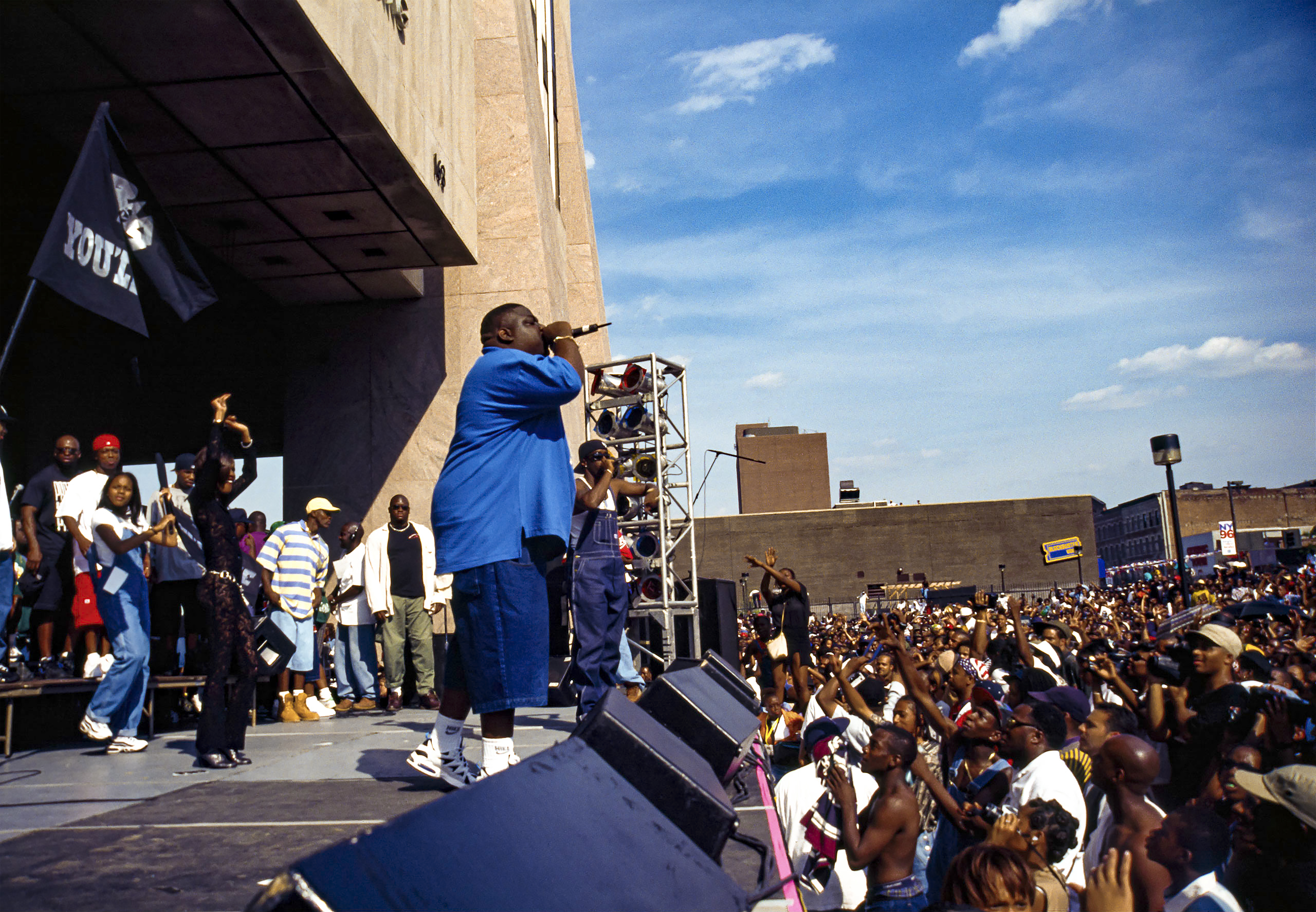
Biggie Hoodshock (© T. Eric Monroe)
What do you think are the most important, significant, and symbolic shots in this collection? What side of this culture and story did you want to tell with the photos collected in your book?
I don’t like to pigeonhole certain images to say what’s “most important,” the images speak to people differently so I leave it up to people to let me know what touches and moves them emotionally. I like the way my images share a personal, behind-the-scenes look at 90’s Hip Hop.
You probably have some crazy anecdotes and stories to tell behind some of these photos. For example, your book collects rare shots of the Notorious B.I.G. and 2Pac together or Big L and Guru…
My photo of Biggie & Tupac together in 1993, at the time I didn’t know who they were. Simply, they asked me to take their picture, so I did, took one shot, and kept going.
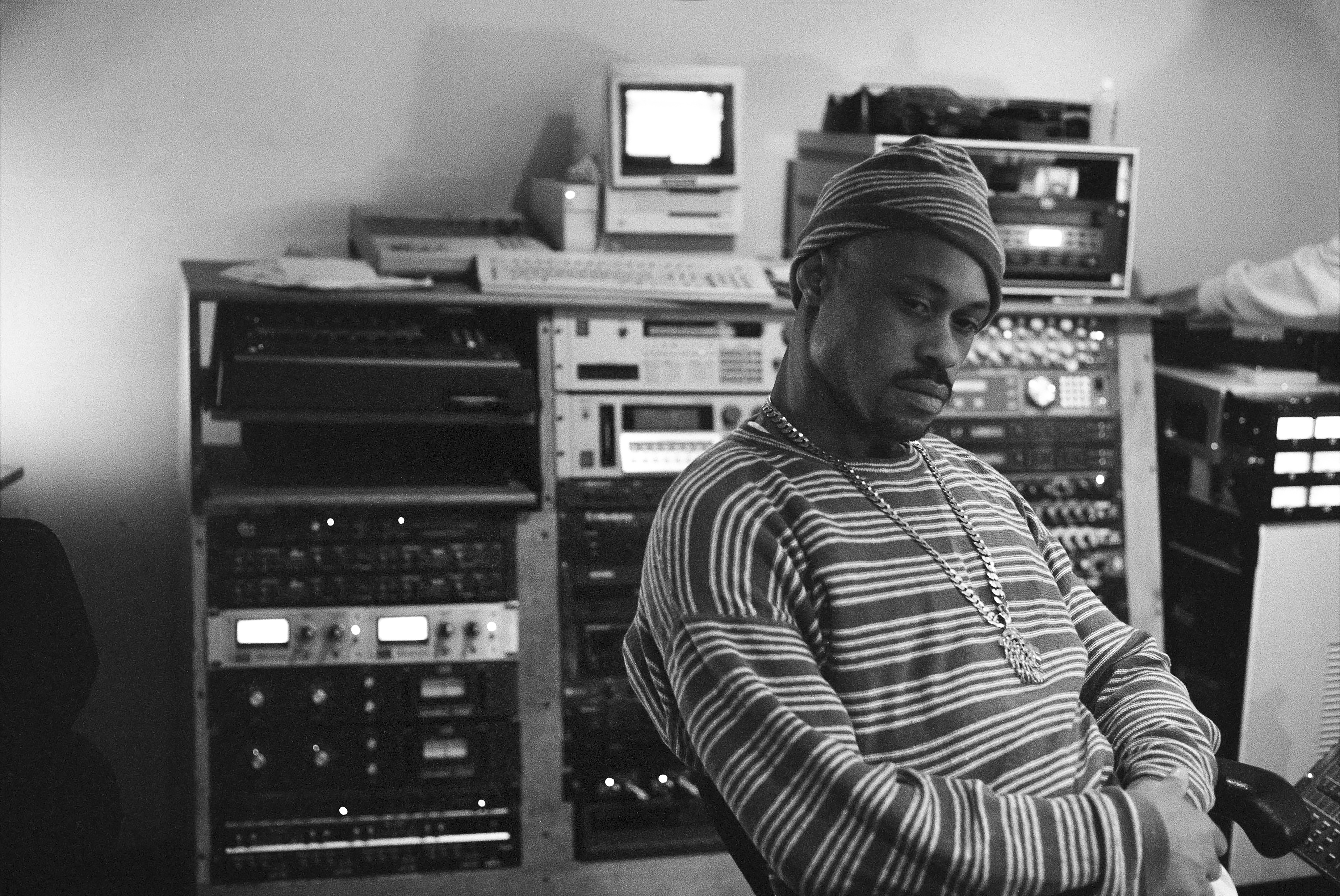
Guru, Moment of Reflection, 1997, NYC (© T. Eric Monroe)
Was there any moment when you feared for your safety or found yourself in a situation of adrenaline and danger?
No. The only time I felt it was time to leave was at the 1995 Source Magazine Awards. After the Suge Knight speech, I knew it was time to leave.
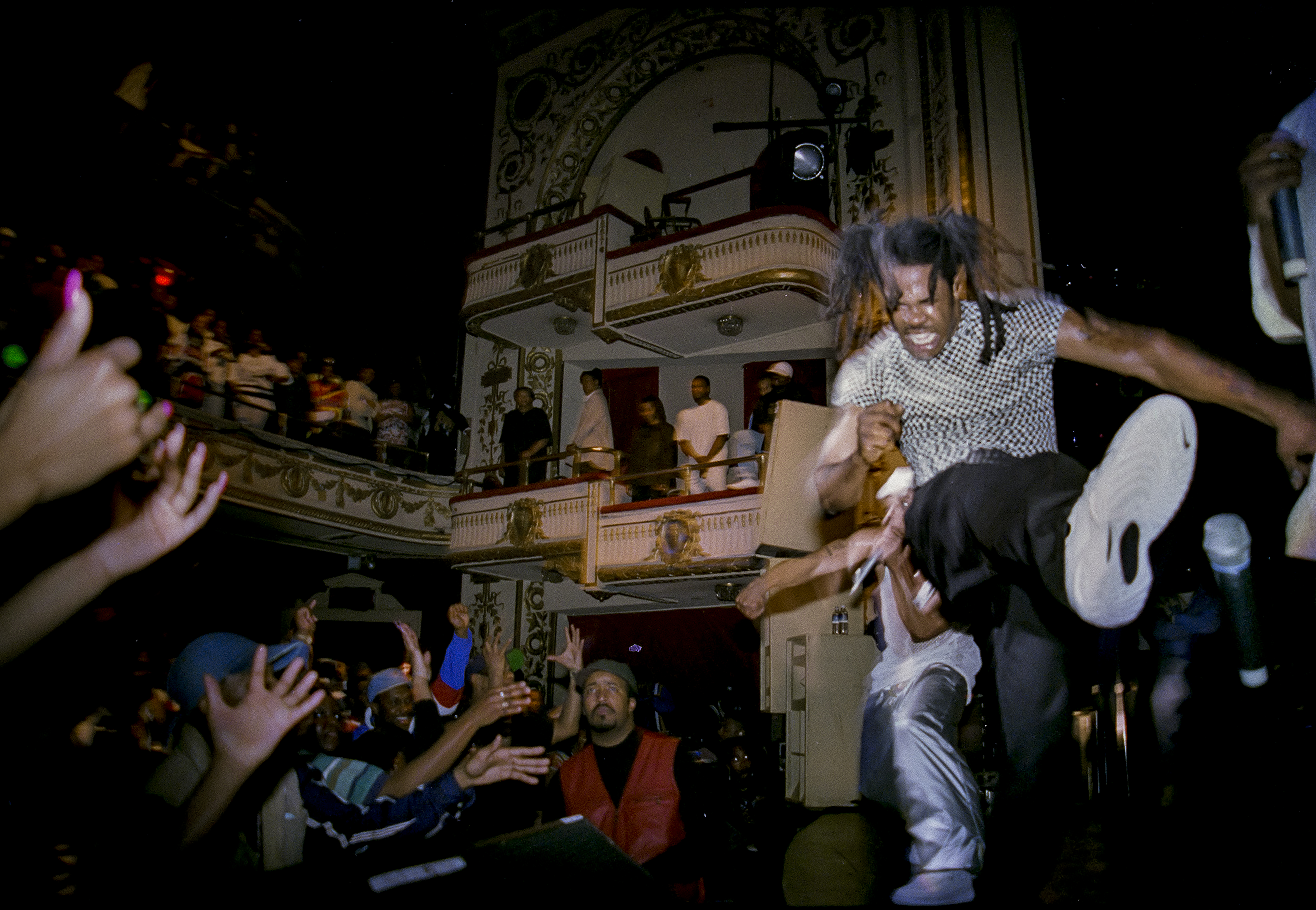
Busta Rhymes, Power Kick, 1996, Apollo Theater, Harlem, NYC (© T. Eric Monroe)
From your works, we can see the simplicity and “truthfulness” of the subjects in the images. Why have you chosen to capture those specific moments? Who are the artists who had that natural magnetism and charisma in person more than any other?
The moments captured were unique in themselves. I pay attention to my subjects, watch them and wait for “that moment”, without asking them to pose or give me a look. The artists with more natural magnetism?…I would say Ol’ Dirty Bastard & Tupac Shakur.
In your opinion, how has the world of photography in hip-hop and the approach of rappers in front of a camera changed today compared to 25 years ago? If you were to do a similar book about hip-hop and rappers today, how would your approach change?
In my opinion, social media has changed the way photographers capture their subjects based on sharing it on social media. Another difference is back before the digital era, you took a picture and had to wait either hours or days before you saw the image you captured so you had to really understand your craft to know you got the certain moment on film. If I had the opportunity to capture today’s hip hop artist, I would approach it similarly to how I used to shoot. Spend time with and around the artist, and capture their life not just sensational moments.
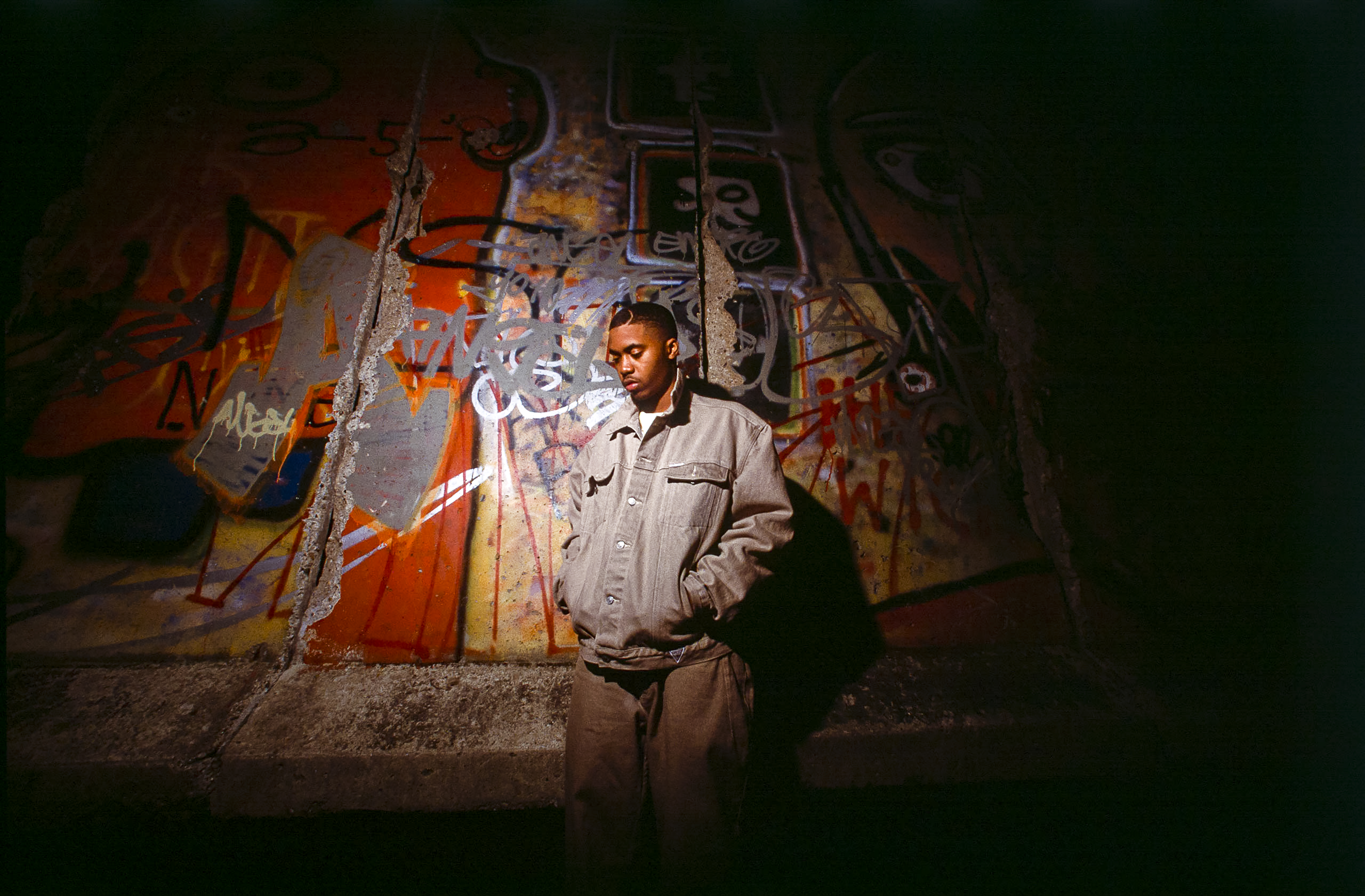
Nas, Creative Wonder, 1994, NYC (© T. Eric Monroe)
How have you started to get involved in hip-hop culture? And at which point of your life have you understood that you wanted to give your contribution to that world as a photographer?
My photography career began in 1992 capturing and writing about hip hop for Thrasher Magazine’s music section. As the years progressed I was able to contribute my work to other magazines like XXL, Rap Pages, The Source, Vibe, and others. By 1995, I worked as the photo editor at The Source Magazine for a year then went back to freelance photography. By 1998, I moved into action sports marketing and event production. In 2015, I started looking through my old work and realized I needed to digitize and share it. First through social media, then licensing, and the books and exhibitions.
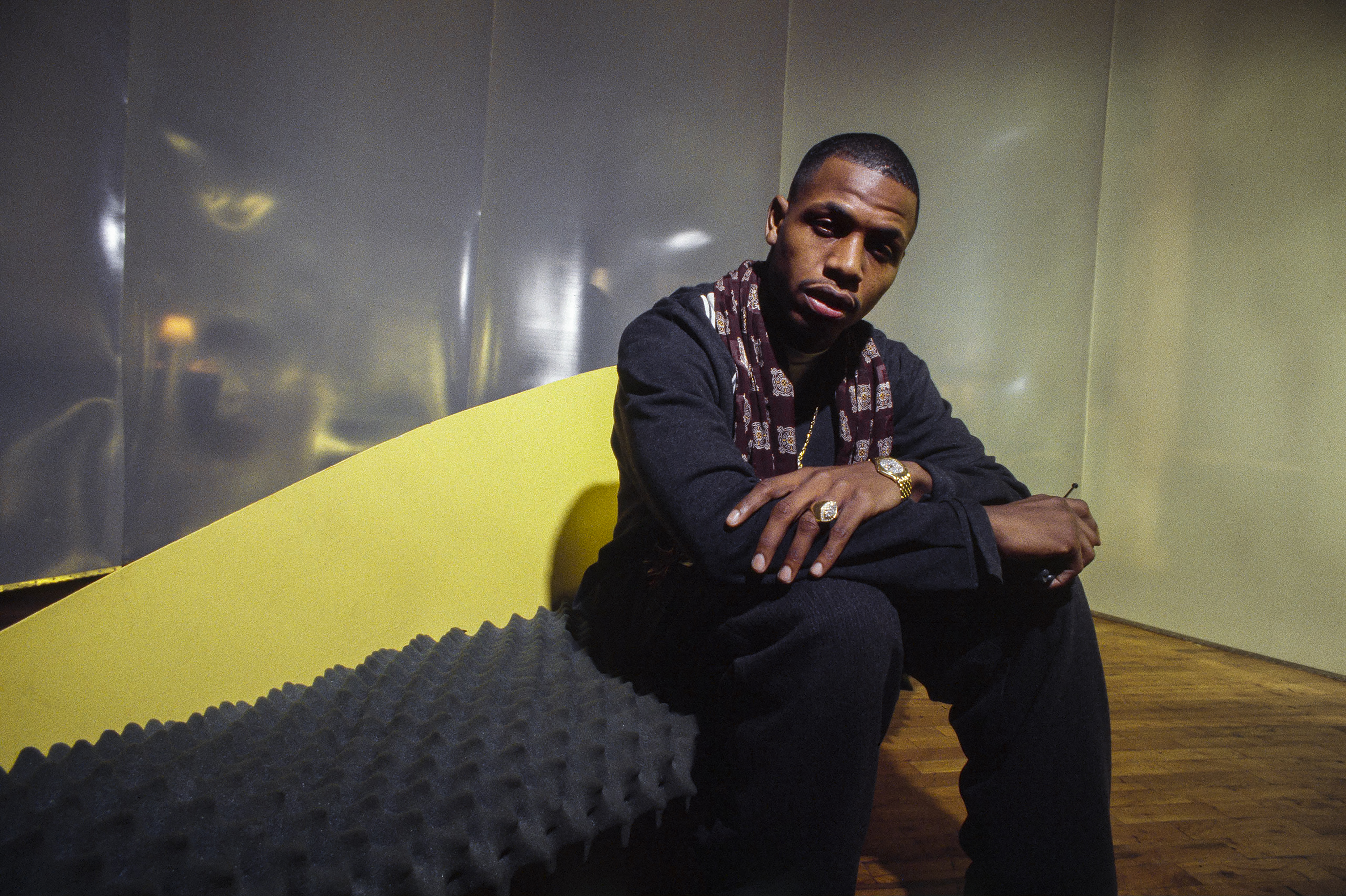
AZ, Sugar Hill, 1995, NYC (© T. Eric Monroe)
The world of graffiti is perhaps one of the most fascinating sides to photograph in hip-hop culture, as graffiti often shapes the backgrounds of a metropolis like New York and shapes the urban landscapes, despite their transitory nature. For this reason, immortalizing graffiti and graffiti writers in action has a profound meaning in bearing witness to this culture. Have you also had experience in your long career in this graffiti world and been able to collect shots of graffiti and artists?
Graffiti is a critical part of hip hop, I didn’t capture any graffiti artists working but did form friendships with many great artists like Chino BYI, Fat Joe, and Marc Ecko.
And how did your passion for photography begin? At what point did you realize you had talent and wanted to make your passion your job?
I have always taken pictures as a kid, when I started skateboarding I would take pictures at events. One event I went to I photographed the first woman to compete at a Brooklyn Banks skateboard contest. That photo was published in Thrasher Magazine while I was in high school. That kind of started my career. Four years later, I would regularly contribute to Thrasher Magazine’s music section.
Follow T. Eric Monroe on Social Media: Instagram | Facebook | Website
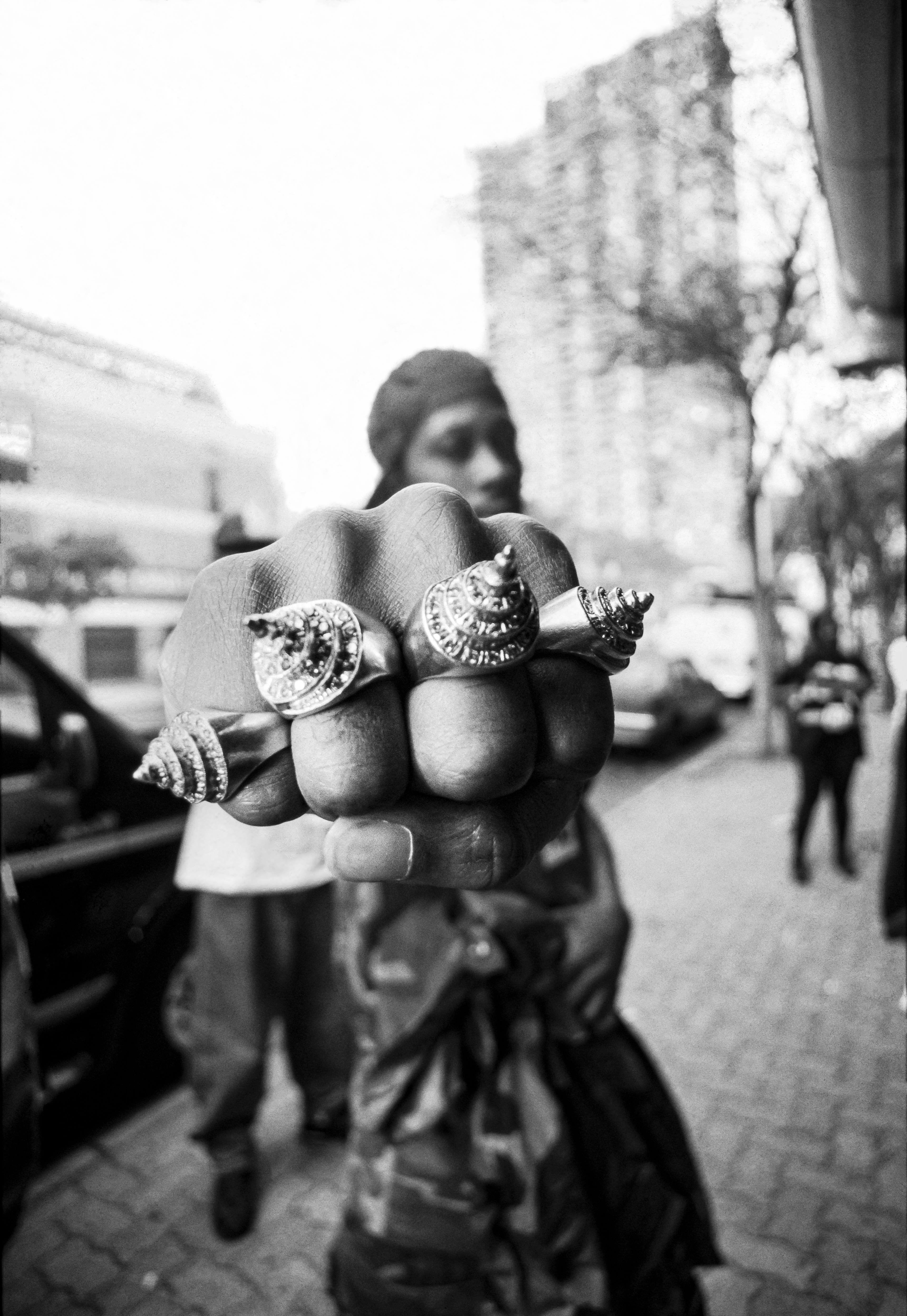
RZA, Rings, NYC, 1996 (© T. Eric Monroe)






